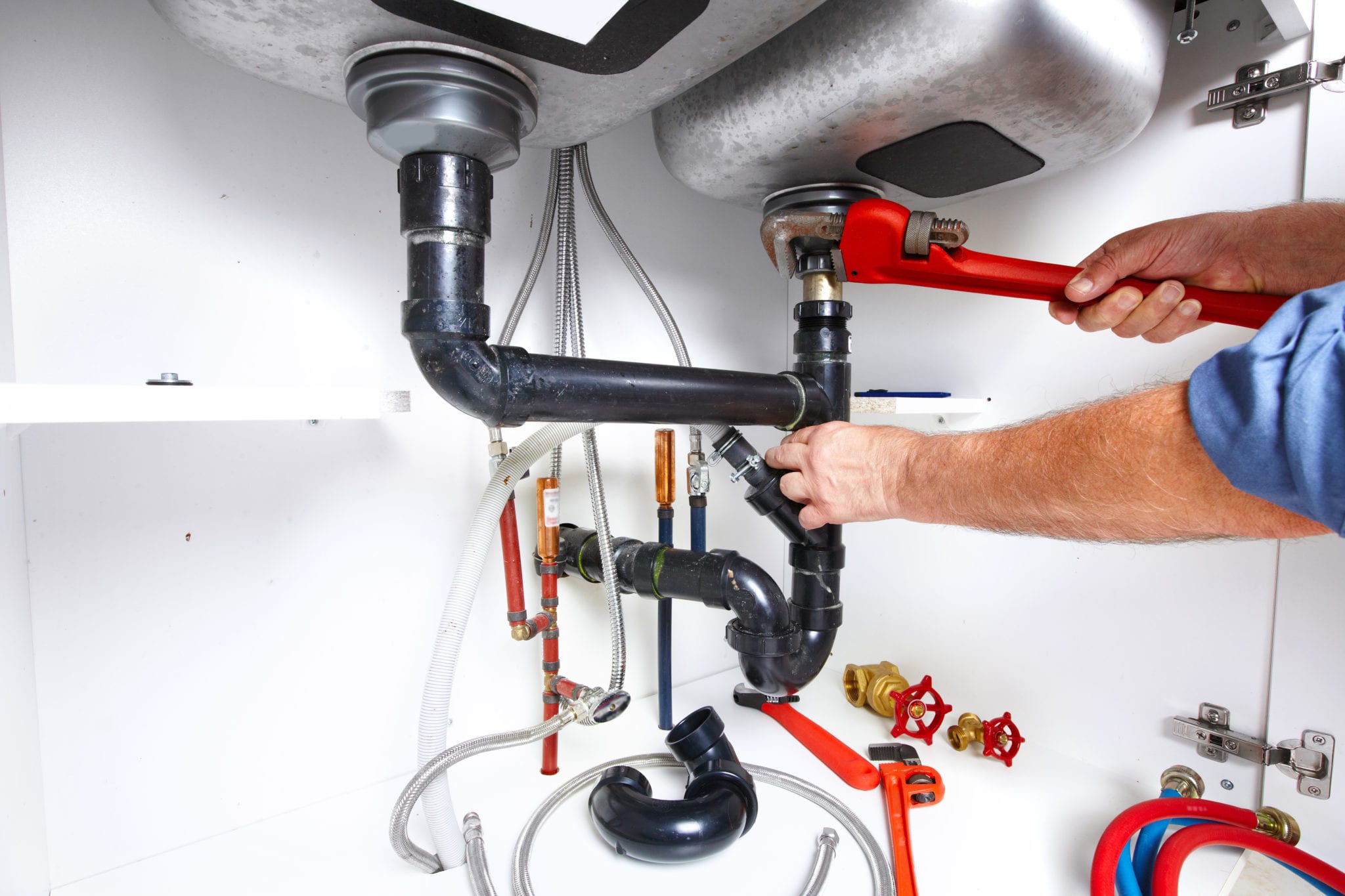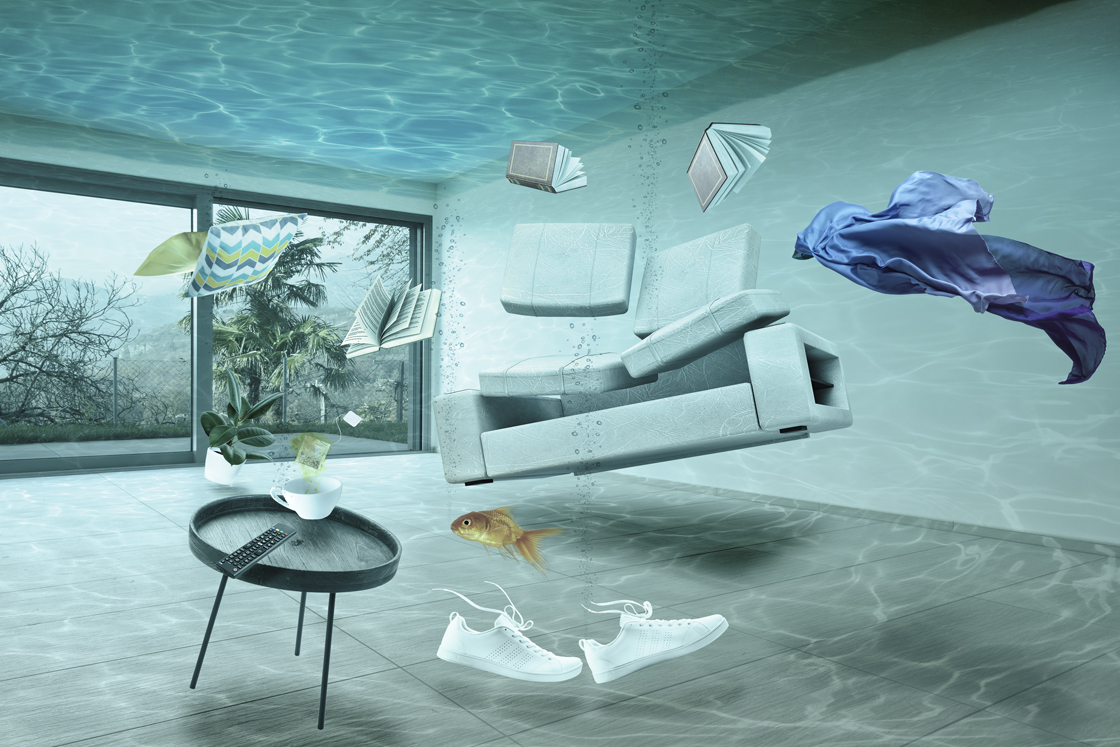The author is making a few great observations regarding Finding hidden leaks overall in this great article beneath.

Early discovery of dripping water lines can mitigate a potential catastrophe. Some little water leakages may not be visible.
1. Take A Look At the Water Meter
Every house has a water meter. Checking it is a guaranteed manner in which aids you discover leakages. For starters, switch off all the water sources. Make sure nobody will purge, utilize the tap, shower, run the cleaning maker or dish washer. From there, go to the meter and also watch if it will change. Considering that nobody is using it, there should be no motions. If it relocates, that indicates a fast-moving leak. If you find no adjustments, wait an hour or two and also inspect back once again. This implies you may have a slow leakage that could even be underground.
2. Examine Water Usage
If you spot abrupt modifications, despite your usage being the exact same, it implies that you have leakages in your plumbing system. A sudden spike in your bill suggests a fast-moving leak.
A constant increase every month, also with the very same routines, shows you have a sluggish leakage that's additionally slowly escalating. Call a plumber to completely inspect your home, specifically if you really feel a cozy location on your flooring with piping beneath.
3. Do a Food Coloring Test
When it comes to water usage, 30% comes from toilets. If the color somehow infiltrates your dish throughout that time without flushing, there's a leak in between the container and also dish.
4. Asses Exterior Lines
Do not forget to inspect your exterior water lines too. Test faucets by attaching a garden tube. Ought to water leak out of the connection, you have a loosened rubber gasket. Change this and also ensure all links are limited. If you've obtained a lawn sprinkler, it will certainly help get it skillfully took a look at as well as preserved annually. One tiny leakage can squander tons of water and also spike your water expense.
5. Examine the circumstance and examine
Homeowners should make it a routine to check under the sink counters and also also inside cupboards for any type of bad odor or mold and mildew development. These two red flags suggest a leakage so prompt interest is needed. Doing regular evaluations, also bi-annually, can conserve you from a major problem.
A lot more significantly, if you understand your residence is already old, keep a watchful eye on your heating units, pipes, pipelines and so on. Check for discolorations and also deteriorating as most pipes as well as home appliances have a life expectancy. They will also normally wear away because of tear and wear. If you presume dripping water lines in your plumbing system, do not await it to intensify. Call an expert plumber immediately so you don't end up with a terrible mess in your home.
Early detection of leaking water lines can reduce a potential calamity. Some small water leakages may not be noticeable. Inspecting it is a proven method that helps you uncover leaks. One small leak can lose bunches of water as well as increase your water expense.
If you think leaking water lines in your plumbing system, do not wait for it to escalate.
WARNING SIGNS OF WATER LEAKAGE BEHIND THE WALL
PERSISTENT MUSTY ODORS
As water slowly drips from a leaky pipe inside the wall, flooring and sheetrock stay damp and develop an odor similar to wet cardboard. It generates a musty smell that can help you find hidden leaks.
MOLD IN UNUSUAL AREAS
Mold usually grows in wet areas like kitchens, baths and laundry rooms. If you spot the stuff on walls or baseboards in other rooms of the house, it’s a good indicator of undetected water leaks.
STAINS THAT GROW
When mold thrives around a leaky pipe, it sometimes takes hold on the inside surface of the affected wall. A growing stain on otherwise clean sheetrock is often your sign of a hidden plumbing problem.
PEELING OR BUBBLING WALLPAPER / PAINT
This clue is easy to miss in rooms that don’t get much use. When you see wallpaper separating along seams or paint bubbling or flaking off the wall, blame sheetrock that stays wet because of an undetected leak.
BUCKLED CEILINGS AND STAINED FLOORS
If ceilings or floors in bathrooms, kitchens or laundry areas develop structural problems, don’t rule out constant damp inside the walls. Wet sheetrock can affect adjacent framing, flooring and ceilings.
https://www.servicemasterbyzaba.com/blog/how-to-detect-water-leakage-in-walls/

I came across that blog entry about Hacks to detect leaks while doing a search on the internet. Sharing is good. Helping others is fun. Thanks a lot for your time. Kindly visit our website back soon.
Get Offer